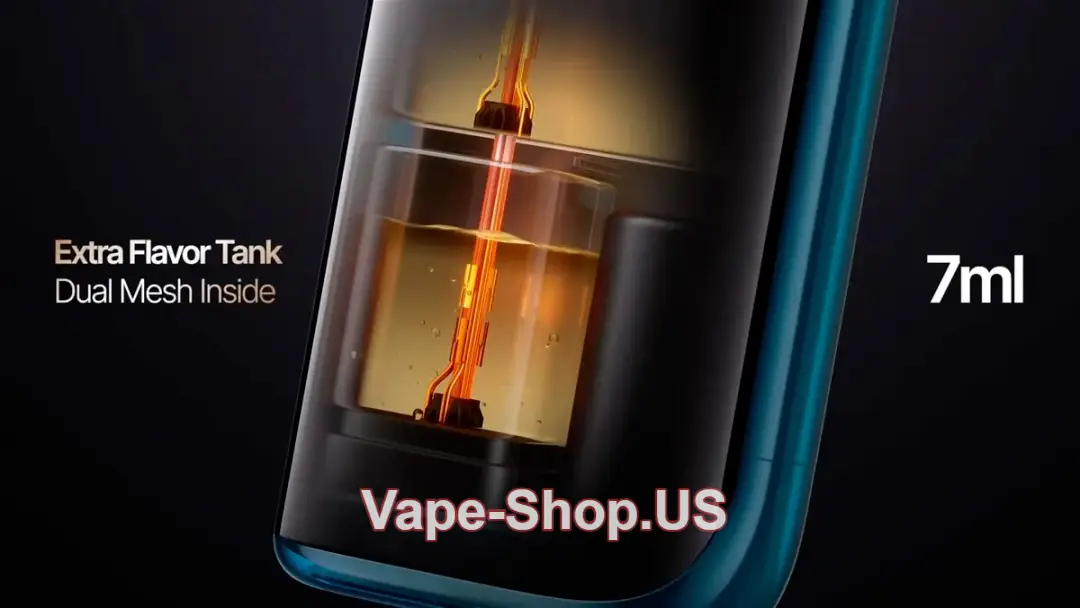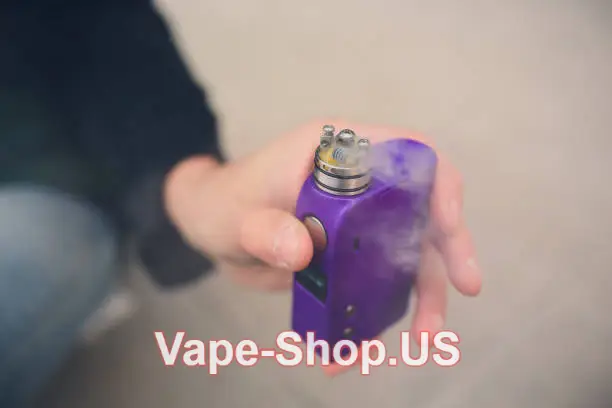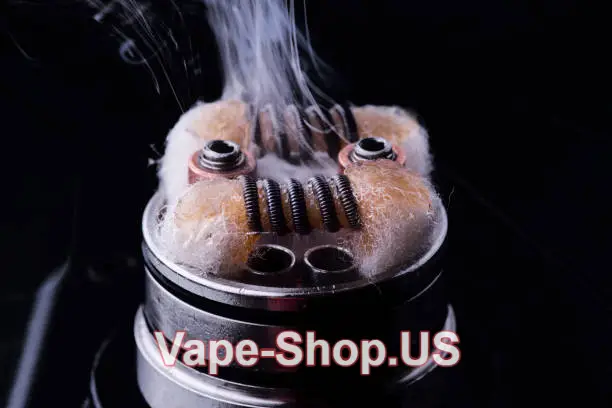The Basics of Vape Atomizer Technology and Types: A Deep Dive into How They Work
Vaping has come a long way since its humble beginnings. From the early days of e-cigarettes to the sleek, high-powered mods we see today, one thing has always remained crucial: the atomizer. The atomizer, or vape coil, is the heart of any vape device. It’s responsible for turning liquid (or vape juice) into vapor, and without it, you wouldn’t get that smooth, flavorful cloud you’re after. But how exactly does it work, and why are there so many different types? Let’s break it down in a way that’s both educational and fun!
How Does a Vape Atomizer Work? The Basics of the Heat Element
At its core, the vape atomizer operates on a pretty simple principle—resistance heating. Essentially, when electricity flows through a conductor (typically a coil), it heats up due to Joule heating (aka the electrical resistance of the material). This is exactly the same principle that powers a light bulb. When you turn on your vape, the battery sends current through a coil, which then heats up and turns the liquid (known as vape juice or e-liquid) into vapor.
This process is driven by Joule’s Law, which tells us that the amount of heat generated is proportional to the square of the current (I²), the resistance (R), and the duration for which the current flows. In short: more current, higher resistance, longer duration = more heat, more vapor.
Here’s the math nerd stuff if you’re curious:
Q = I²Rt
Where:
- Q = Heat energy in joules (J)
- I = Electric current in amperes (A)
- R = Electrical resistance in ohms (Ω)
- t = Time in seconds (s)
For pure resistive circuits, this can be simplified to:
Q = W = Pt
(Where P is power and t is time).
In simpler terms: when you press the button on your vape, the coil heats up and vaporizes the e-liquid, which is usually made of nicotine, VG (vegetable glycerin), and PG (propylene glycol). And that vapor is what you inhale—smooth, tasty, and satisfying!
Types of Vape Atomizers: Cotton vs. Ceramic
So now that we know the basic science behind the atomizer, let’s dive into the different types of coils you’ll find in vapes. The two main categories are cotton-based and ceramic-based coils. Within these categories, there are many different variations designed for different vaping styles.
Cotton Coils: Classic and Flavorful
Cotton coils have been around since the early days of vaping. They’re usually made from strands of cotton wrapped around a metal coil (typically Kanthal, NiChrome, or stainless steel). Cotton is great because it’s absorbent, ensuring that the coil has a consistent supply of e-liquid to vaporize. Plus, cotton-based coils tend to produce the best flavor since they don’t alter the taste of the e-liquid much.
In the early days, cotton coils were built with a simple wick and wire, but as technology advanced, so did the designs. Today, most cotton coils are made using a combination of etched metal mesh and cotton for better wicking and longer coil life.
You’ve probably heard of some popular brands that use this tech, like the Foger Switch Pro 30K, which uses a high-performance mesh coil for smooth hits and more efficient vapor production.
Ceramic Coils: Smooth, Efficient, and Durable

Ceramic coils are a more recent innovation in the vaping world. Instead of using cotton, ceramic coils utilize a ceramic heating element. Ceramic is incredibly durable and heats up more evenly than metal, which means you get a smoother, more consistent vaping experience.
Additionally, ceramic coils tend to last longer than their cotton counterparts and can handle higher wattages without burning out. While they aren’t as common as cotton coils, they’ve gained popularity in newer models due to their high heat resistance and consistent performance.
There are several types of ceramic coils, such as buried wire ceramic coils and ceramic mesh coils. The latter has become increasingly popular due to its superior wicking capability and ability to handle large amounts of e-liquid.
One vape kit that uses ceramic coils for enhanced performance is the Lost Mary Vape MO20000 Pro, known for its long-lasting, consistent vapor production. If you're a flavor chaser, ceramic coils are an excellent choice as they maintain the purity of the flavors without getting too hot or burnt.
How Atomizer Designs Affect Vaping Experience

The design of the atomizer itself plays a huge role in your overall vaping experience. The shape and material of the coil, the type of wick, and the size of the airflow holes can all affect how much vapor you produce and how smooth your hit is. Here are some of the most common coil designs and their benefits:
-
Wired Coils (Traditional): These coils are made by wrapping a metal wire (like Kanthal) into a coil shape. They’re the classic choice for most vapers and are affordable, but they tend to wear out faster than mesh coils.
-
Mesh Coils: Mesh coils use a sheet of mesh metal instead of a traditional wire. This increases the surface area, which means more e-liquid is vaporized at once, leading to better flavor and larger clouds. The Orion Bar 7500 features a mesh coil that creates a smoother and more intense vaping experience.
-
Printed Metal Films: Some newer atomizers use a printed metal film as a heating element. These films are ultra-thin and designed to heat up quickly, offering a more even and consistent vapor production. These coils are often seen in disposables like the OFF STAMP X-Cube 25K Vape Kit, which offers high-tech performance with minimal fuss.
Why Are Vape Atomizers So Important?
Now, you might be wondering, why should I care about the atomizer when I’m just trying to get a good vape? Well, the atomizer is basically the bridge between your vape juice and the flavorful clouds you crave. A great atomizer means better flavor, smoother vapor, and a more satisfying experience overall.
-
Flavor: A high-quality atomizer preserves the taste of the e-liquid better. For example, if you're using a fruity flavor, a cotton coil might give you that full-bodied punch, while a ceramic coil can provide a smoother, more consistent taste.
-
Vapor Production: Depending on the type of coil you use, you can adjust how much vapor you want. Mesh coils, like those in the Lost Mary Vape MO20000 Pro, typically produce bigger clouds, while a standard wire coil might give you smaller, more manageable hits.
-
Longevity: Ceramic coils last longer than cotton coils, which means you don’t have to replace them as often. Plus, they can handle higher wattages, making them perfect for cloud chasers.
The Future of Vape Atomizers
As vaping technology continues to evolve, so do atomizers. Companies are constantly experimenting with new materials, designs, and techniques to improve performance. From smart atomizers that adjust to your vaping preferences, to rebuildable atomizers (RBAs) that let you build your own coils, there’s no telling where the technology will go next.
So whether you’re into cloud chasing, flavor hunting, or just want a simple, satisfying vape, understanding the different types of atomizers will help you make the best choice for your device.
Final Thoughts: Choose Your Atomizer Wisely
Whether you're using a Foger Vape, an Orion Bar, or any other vape kit, understanding how the atomizer works can help you elevate your experience. If you love intense flavor, cotton coils might be the way to go. If you want smooth hits and longevity, ceramic coils could be your best bet. Whatever your preference, always remember: the atomizer is key to turning your vape juice into the satisfying vapor that makes vaping so enjoyable.
Vaping is more than just a trend—it’s a lifestyle for many, and knowing the tech behind it can make all the difference. So go ahead, explore the different atomizer types, find what suits you best, and enjoy those sweet, flavorful clouds!



Vape Reviews